|
My writer's group has been at it again. We have written three stories for your enjoyment. You cannot take the subject of murder lightly, though creepy and dark. However, I hope you can have moments of laughter during the reading of our characters' confessions. I love running writing workshops that extend our skills. However, this past week or so, I've had Fibromyalgia and ME/CFS flare. I was feeling so exhausted and could barely walk. So, I asked if my lovely friend Ester could run the group on Saturday instead. She said yes and immediately came up with a murder mystery activity. We were given pictures for the following categories: The Hapless Victim, Evil Accomplice, Pieces of Evidence, Scene of the Crime, The Murder Weapon, and Found in Someone's Pocket. We were to reach into each envelope and take out a photo, and then write a confession to a murder. *Please note, the following are works of fiction.  Confession one Melissa Gijsbers The prompts I had were: Victim: Preacher Accomplice: Indian contortionist Evidence: Photo from CCTV Scene of the Crime: Empty room Murder Weapon: Poison In Pocket: Ticket from a parking garage Here’s my story: Comfortfoodies.com/winter-comfort-beef-stew/ 27 August 2008 Today I want to share with you my recipe for the perfect winter comfort beef stew. This is a recipe that my mother used to make and it was always a hit at our church pot luck dinners. The beauty of this meal is that you can keep it on the stove and keep adding to it, so you’ll never run out of stew. Or you can freeze it in meal size portions to use at a later date or give it to someone in need. Growing up, we always had a supply of Winter Comfort Beef Stew in the freezer as mum would have them ready for family and friends who came down with the winter flu, or who had fallen on hard times. This supply was especially useful in the winter of 1993. I had just discovered that my brother was being abused by our local pastor. He was a slimy individual, yet no one believed my brother when he reported the abuse. Pastor Frank always talked his way out of any allegations and had a gift of turning things around to make everyone think the kid was making it all up. Pastor Frank would drive my brother out to the local paid car park, and park in quiet corner, do what he came to do, then drop my brother home again. Even the discovery of the parking ticket in his pocket didn’t change people’s minds that Pastor Frank was anything less than a good, upstanding citizen. I digress. In the winter of 1993, Pastor Frank came down with pneumonia. My mother had her supply of frozen stew, so I saw my chance. I offered to take a meal to Pastor Frank and my best friend, Arjun, came with me. We went to his home with the meal mum had already heated, and a packet of Rat Sac at the ready. As always, we waved to the CCTV camera Pastor Frank had at the door. We were just another of a long stream of visitors while he was unwell. We served him stew laced with Rat Sac, and chatted to him while he ate. When he was done, we washed the dishes and said good bye. The Rat Sac must have done its job as we heard the next day that Pastor Frank was dead. He had been found in the spare room by Mrs Maguire, the parish secretary, and it was reported that he had been poisoned. My brother was spared further abuse at the hands of Pastor Frank, and so were any other number of young boys. I have no regrets and have never been caught. Now, here is the recipe for my mum’s Winter Comfort Beef Stew. I got the idea for the format for this confession from various Facebook writing groups where they talk about confessions being included in food blogs as no one reads the story before the recipe! * This blog post originally appeared on Melissa's website here. 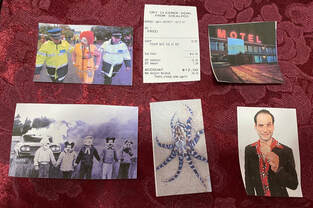 Confession Two Megan Higginson These were my prompts: 1) Evil accomplice: A guy dressed as Ronald McDonald being arrested. 2) The hapless victim: Weird, sleazy guy with a ‘Who’s Your Daddy?’ necklace. 3) Found in someone’s pocket: A $12 docket from the drycleaners for a coat. 4) Pieces of evidence: Photo of a burning car in a paddock with five boys with coats and masks on standing in front of it holding hands. 5) The murder weapon: A blue ring octopus. 6) Scene of the crime: a dingy motel. Here's my story. Macca’s Deathbed Murder Confession Yeah! Hi. My name is Macca. Well, that’s my nickname ‘cause my last name’s McDonald. Can’t really tell ya my first name ‘cause I forgots it. ‘Cause stuff happened, and the psych reckons it’s because I went through some sorta trauma as a kid. But, she’s wrong. They all be wrong. How do I know? ‘Cause my Think Melon be bringing stuff back. Memories, as I lay here dying, they be coming back. Like them puzzle pieces which get lost underneath the couch for the longest of times and then some decides to move the couch and pick up them puzzle pieces. But, at the moment, they be like a pile of memories. No order. No real substance. Blurred by bits of dust and time. Maybe talking it out will help slot it all into place. So, I guess I should start at the beginning. I grew up in a small country town. One supermarket. One doctor. And one dingy hotel. We had to catch a bus to go to a school in the next town. Though, once, we did have a school. It burnt down and no one built it again. Haha. Some reason I always laughed about that. I lived with my crazy uncle Ronald. He had wild red hair and worked at a crappy restaurant downtown. He let me do whatever I wanted. My mates would always hang out at my house. We liked to get dressed up in weird masks and go burn stuff. My uncle didn’t mind. Look. He even took a picture of me and my mates burning some idiot’s car. Oh! I remember. It wasn’t just some random’s car. It was some sleazebag’s car. And that guys name was… Oh. Ooo. His name was Bryce... Bryce Rickford. He always wore an unbuttoned jacket with the shirt hanging open to show his chest. Weedy guy he was. And he wore this big thick chain around his neck with a ‘Who’s Your Daddy’ pendent. For some reason, Uncle Ronald really didn’t like Bryce. Bryce lived at the motel. He’d lived there for ages. Then one night Uncle Ronald asked me and my mates if me wanted to get dressed up and go for a drive to burn something. We did. We burned the sleaze bags car. By the sounds of things, that sleazebag Bryce had come into the restaurant and had been horrible to just about everyone, and no one did nothin’. And he did it a bunch of times. Uncle Ronald had had enough. He kept sayin’ ‘He’s going to pay for what he did.’ Don’t think burning the car would do much. I already had a better idea. But, burning the car was fun. Uncle took that photo. I even remember the smell of the burning metal and the petrol fumes and the clinking of the metal as it expanded, and the flames licking at the sky. Beautiful. And right after that photo was taken Uncle Ronald yelling at us to ‘Run!’ ‘cause we were in a field of long dry grass and the fire had started to spread. So funny. When we got back, all of us were sworn to secrecy. We made a pact never to tell anyone about what had happened, ever. Then, when me mates had gone home, Uncle Ronald sent me to the drycleaner, to get my coat cleaned. As I left my bedroom, I made sure Bro was okay. I had a special job for him. Oh, yeah. I forgot to tell you. Day before the car burning, I’d gone with my class to the beach. Snagged myself a blue ring octopus and popped him in a jar. Deadly little buggers they are. Just one has enough poison to kill ten adults. Called him B.R.O. Blue Ring Octopus. Get it. Haha. The day after the car burning, I rode me bike to the Motel. Took Bro with me. Staked out the place and made sure Bryce was out. Then I convinced the receptionist I was Bryce’s nephew from the city. Told him a sob story of how I’d travelled all this way and was so tired, and could I wait for my uncle in his room. Sucker let me in. I snooped a bit. Moved the odd thing around so Bryce would come lookin’ for 'the person in his place.' Then I hid in his wardrobe. Yuk. Smelled of Old Spice and Brylcreem. Then I heard the door open, and Bryce chuck the keys on the table. And then he swore. I could hear him stomping around the place, cursing and swearing. My heart was pounding. I was smiling. The time was near. The bedroom door squeaked open. ‘Come out. Come out, wherever you are, my little 'nephew'.’ Man. You could even hear the air quotation marks. I slowed my breathing. Screwed of the lid of the jar. I got ready. Bryce flung opened the wardrobe doors. I yelled, ‘Time’s up!’ and flung the salt water and Bro right in that sleaze bags face. You should’ve seen the look on his face as he fell back on his bed. Then the wailing started. Last I saw of Bryce Rickford he was screaming in agony. Goodbye, Bro! You did well. Then I left and played with my friends at the park. It was fun. Confession Three Ester de Boer Here are my prompts: Here's my story: 3rd of January 1981 in the Big Banana Caravan park in Yorkeys Knob. I began, during a period of convalescence following a serious crochet injury, to write letters to prisoners. I came across this site online that asked people to write to felons serving long term sentences in prison in the US. Perhaps I was drawn to the sense of danger – that is, communicating so intimately with dangerous criminals while at a safe distance. There are certain subjects you’re not allowed to talk about, and it is strongly advised that you use a false name and PO box, for obvious reasons. One man drew me in more than the others- Albert Fruit. I call him Bertie. It wasn’t romantic at first, but there was something tortured and soulful in the poetry he sent me, the simple, childlike drawings of life behind bars… He told me how he’d been framed by his employer, a rich bitch named Marcie Crump. Crump lived in an opulent inner-city penthouse inherited from her late father, the sock baron, Marmaduke Crump. Bertie worked the machines at one of her family’s huge sock warehouses in Seattle and then after hours doing odd jobs at her penthouse. She lived surrounded by cats and the penthouse was crammed to the ceiling with junk she hoarded and smelt like cat piss. That was 1978, the year of the terrible exploding socks incidents- you may have heard of it. Fifty innocent people were left footless after her socks suddenly exploded on their feet (a result of the chemical compound used to create their new anti-odour fibre being activated through friction- in gym socks!) and she and her fancy lawyers plotted to blame Bertie. They claimed that he’d doused the socks with radioactive explosive foot deodorant bought from roadside vendors in Turkmenistan. Bertie’s never even been to Turkmenistan! But poor Bertie was representing himself against a team of the best lawyers money could buy, and, well… He’s not very smart, my Bertie. Anyway, through our letters we got closer and closer until he proposed to me. I didn’t hesitate. I know people won’t understand, but love has no barriers, not distance, not bars- so I bought an airfare to the US, and we married at the high security prison with the guards as witnesses. I returned to Australia, empty and lovesick, but my Bertie had a stroke of luck. Some bunch of do-gooders that do theatre therapy with prisoners visited his block. They did this crazy play about the importance of keeping up good eating habits while behind bars, with each dressed up as a different type of food, dancing about on stage. Bertie, who has always had a streak of the thespian in him, asked one of the actors if he could have a go in his banana suit. He said the moment he donned that suit, he felt a sense of freedom he’d never felt- he frolicked, twirled and danced, to the delight of the other inmates. He’s got a natural charisma, my Bertie. The escape was actually accidental. The real banana man suffered a concussion backstage (slipped on an actual banana skin, would you believe!) and was knocked cold. Nobody saw, though, but my Bertie, and he wandered out to get help, only to be gathered up with the theatre therapists and ushered out one set of doors, then another, then another… Well, Bertie just kept his head down, and shuffled along and out to freedom! With the help of some contacts he’d made on the inside, Bertie got a fake passport and borrowed money to travel to Australia. We met up in Yorkey’s knob near Cairns, and, under a new identity, my darling Bertie got a job as the face of the Big Banana Caravan Park, entertaining the children. The kids just loved him! For a while things went brilliantly, then one day we went out for drinks (hobnobbing it up!) at a posh resort at Port Douglas, and who should be sipping cocktails in the lounge but that rich bitch Marcie Crump- wearing a fur, even in the middle of summer, and with her cats, poor little things, all shackled strapped down in a plush velvet pram she pushed around. (Bertie hates people who wear fur, even in cold weather. He’s a real animal lover- that’s one of the things I love about him so much). She looked right at us- right at my Bertie- and an evil smirk stretched across her mutton-done-up-as-lamb over-painted face. I was the one who decided what we needed to do…she would talk for certain. Bertie, though, wanted to try a softer approach. Back when he used to work for her in her penthouse, he overheard a lot of conversations between her and the stakeholders of the company- dodgy things- illegal things. His idea was just to blackmail her- send her an anonymous letter to her hotel room. Unfortunately, He wrote a return address on the back. (He’s not the smartest, my Bertie). She wrote back and let us know that, apparently, using hair dye on your cats’ fur and sneaking champagne bottles into the neighbour’s wheelie bins do not count as a strong basis for effective blackmail. Bertie was despondent- he couldn’t go back behind bars, so he decided to follow my plan. She was going back to Seattle in a week’s time, so we had to move fast. Marcie, apparently, loved health spas. I dressed up as a glamourous cosmetician and knocked on her hotel room door, announcing with excitement that she had won a weekend at the most expensive health spa in Australia- the Pig Pen. Although skeptical, she was finally won over when I told her that the free offer was not made to the common public, but only to a very exclusive clientele. I also assured her that all the products used were tested rigorously on as many helpless, endangered animals as possible. She was sold. The address of the spa was a pig farm just down the road from the caravan park. We arrived in advance on foot through the bush so we wouldn’t be seen driving there and back. She was confused when she arrived with her pram full of cats- no upmarket salon or army of staff waiting to fuss on her. From behind the barn leapt Bertie- heroic and fearsome! What a man! “You evil, cat-tormenting liar!” he cried and before she could reply or defend herself, he stuffed the banana costume over her head and tossed her into the pig pen, where the pigs (raised solely on a diet a ripe, tropical bananas) swarmed over her, turning her quickly to a gruesome fruit salad. We quickly unshackled her poor moggies from the pram and used an old bicycle in the shed to ride back to the caravan park, beaming all the way. There was just one hitch. As she struggled to free herself from the banana costume, out of the pocket of her fur coat fell a piece of paper. It was a return ticked to the US. Bertie took it thinking how nice it would be for us to celebrate with a little holiday. Unfortunately, that was the final bit of evidence that got us caught. He’s not that smart, my Bertie. Thanks for reading our stories. I hope you enjoyed them. If you'd like to read more, in the Search bar, type in 'stories.' Melissa Gijsbers also runs Junior Writer's Club for young writers. Coming up she will be holding a virtual, and an age appropriate, version of Confessions of a murder. Please feel free to contact her is you have children who may be interested. Feel free to like and share this post.
0 Comments
My Challenges and Successes of 2020 While Living and Working with Multiple Chronic Illnesses31/1/2021 Children's author Julie Hedlund, challenged participants of her 12 Days of Christmas for Writers series to post SUCCESSES (rather than resolutions) on our blogs this year. She believes the way New Year's resolutions are traditionally made come from a place of negativity - what DIDN'T get done or achieved in the previous year. Instead, she suggests we set goals for the New Year that BUILD on our achievements from the previous one. I've decided to participate in this Anti-Resolution Revolution! This is my forth year of participating and I look forward to it every year. For everyone, 2020 was a tough year on sooooo many levels. For me it was difficult because of major health challenges and NOT just the pandemic. Ahead is a snapshot of my year that was 2020. I'm late with this post as I usually post it at the end of December. However, I'd been busy finishing off illustrating a picture book, My Princess Wears a Superhero Cape by Melissa Gijsbers. On the 4th of January, I woke to find I couldn't get out of bed for a couple of hours, my head was fuzzy and I felt awful. I thought it was just going to be a bad day health wise and went off with my daughter to Coles. Nausea snuck up on me and the pressure in my head built. As we were leaving, I had to sit on a bench near the door. And then promptly fainted. When I got home I realised what was happening and took myself to bed to ride it out. I knew what it was. It hit me in 2018 when I was misdiagnosed with a CFS/ME crash. In February 2020 when I was finally starting to feel better from what I thought was a CFS Crash, I woke one morning and felt fuzzy in the head. Vertigo started and after a few days I started to faint. I felt unsteady on my feet. I still tried to continue to get the illustrations I'd been contracted for, working some days 15 minutes at a time with many hours of a break in between. And then I started fainting multiple times a day, it wasn't occasional anymore. I was crawling from the bed to the bathroom and back. My daughter had to walk beside me and catch me as I fainted several times in one trip. I couldn't walk out of the house and it wasn't safe for me to drive. This was way worse than 2018. After a couple of months and a number of trips to ED and various doctors telling me it was it was CFS crash again, I decided to take myself to another doctor 30 minutes away. My daughter wheeled me in a wheelchair as I could barely walk. I fainted in the waiting room while sitting. It was here I was I diagnosed with Vestibular Migraines, and when I started Vestibular Rehab Therapy, my physio added Vestibular Neuritis. I was finally on the right track to get better. And of course, this was added to my ever lengthening list of other health issues. Slowly, over 2020, I gradually improved. It was a tough year and yet I achieved a lot considering it all. Here is my list for 2020. 1. I completed illustrating the picture book, My Princess Wears a Superhero Cape by Melissa Gijsbers, despite dealing with new chronic health issues and being very sick much of the year. I was also mentored through the thumbnails through to sketches of final artwork by Nina Rycroft which was a great experience. 2. My picture book, Raymund and the Fear Monster is being sold worldwide. I even found out that it is being sold in a gift shop in Luxembourg. How cool is that! 3. Late in the year, I launched my YouTube show, Megan Meets late in the year where I interview children's authors and illustrators. 4. I polished 3 and ½ chapters of my middle grade sci-fi novel, and a junior fiction story for the Creative Writing Awards and submitted them. I also scrapped old chapters which no longer worked, and wrote new chapters for the same middle grade sci-fi novel. 5. My illustrating has gotten better this year as I was painting most days of the week. I learned so much by doing the work. 6. Our writer’s group pivoted, and we continued to meet together once a month, many times on Zoom depending on restrictions. I continued to run the workshops for our writer’s group and all our writing got better. 7. Not writing or illustrating related, but I worked out what clothing personality styles I have, and my colours, and bought a heap of new clothes (mainly op shop) which I love and enjoy wearing. 8. I received a lot of fabulous reviews from parents whose kids love Raymund and the Fear Monster, and even started off the year with a brilliant one from Children's Book Council of Australia -- Reading Time. 9. I attended a lot of online workshops with people I couldn’t afford face-to-face. This was invaluable. 10. I had my first virtual school visit as a Books in Homes Role Model with a school I would probably never visit in real life. It was lots of fun and the student asked some great questions. 11. Schools continue to buying copies of Raymund and the Fear Monster for their Wellbeing Program, or they have been gifted a book for their school library by parents. 12. I totally overhauled my website myself and gave it a fresh now look. 13. I managed to take some brand new profile pictures myself. Yes! They are all selfies. I use a remote for my phone. Phew! What a full year. And I haven't included everything. You might be wondering how I'm doing now. Four weeks into this relapse of Vestibular Migraines and, according to my Vestibular Rehab Physio, I have apparently made four months worth of progress in four weeks. It's because I knew it was a relapse and I just started at the beginning of my VRT (Vestibular Rehabilitation Therapy), and I'm on medication and just needed to add back a couple when I was at my worst last year. For me it's slow going as I had a bunch of interviews planned and some surprises. However, that's all on the backburner while I get better, again. I'm nearly finished touching up my illustrations for My Princess Wears a Superhero Cape. And, as long as I don't have too many days in bed, I should have them finished and off to the publisher soon. I'm excited to see what this year will bring. Life is never boring. I can't work like everyone else. I have to work to the the beat of my own drum. In amongst it all, life is good. How was your year? Feel free to like, comment and share this post if you have enjoyed it.
Have fun by creating a short story by using a story starter and then change the mood. You'll surprise yourself and it's lots of fun. We used this during our last Zoomed writer's group, Dribbles and Scribbles and we roared with laughter at the results. And we all certainly need a laugh these days. First of all we chose a Story Starter from a great list of story starters from Sally Odgers book, How to be an Awesome Author. I told everyone to just have some fun and play (thanks, Jen Storer for this advice in your Scribbles Academy) and write a short story. I gave everyone 20 minutes and we were off. For the first time in a long time we all felt we had some head space to write. Let's face it, 2020 has been a roller coaster. At the end of twenty minutes we took turns in reading out what we had come up with. The were hoots and howls of laughter, gasps, comparisons to the feel of certain books. In other words, fun. We then moved on to the workshop. Mood. For this we headed over to LitCharts.com and read through what they had to say about mood. 'Mood Definition: What is mood? Here’s a quick and simple definition: The mood of a piece of writing is its general atmosphere or emotional complexion—in short, the array of feelings the work evokes in the reader. Every aspect of a piece of writing can influence its mood, from the setting and the imagery to the author's word choice and tone. For instance, a story that begins "It was a dark and stormy night" will probably have an overall dark, ominous, or suspenseful mood.' LitCharts.com We've looked at creating mood in all different ways many times before in our writer's group. (Some we've even blogged about.)
However, this time I decided to do something different so that we had the opportunity to combine all the skills we had learned previously. So, after reading through what mood was all about, I announced to the group we were now going to use our story we had written earlier and change the mood. One thing which was not mentioned but many of us did anyway, we changed what our character focused on as we had already work shopped this a while ago. So here are our stories so you can see the difference. Megan: Mrs Perry’s garden was overgrown with thistles. Mood 1. Mrs Perry’s garden was overgrown with thistles. They twisted and twined themselves around bushes, spread across the garden, strangling various plants as it went. It spread across the grass and up and over the washing line. It hung there like a many fingered skeleton grasping at what looked like the remnants of an old shirt and was now a piece of faded cloth. An icy breeze grasped at the material and finally ripped it from the thistles grasp and the remnants of the shirt was tossed and carried past grimy windows and up into the stormy sky. Rory froze as he caught sight of the cloth, his hand on the rickety old gate. His feet felt as if they were cemented to the spot and his breath came in small gasps. He could feel his head starting to spin. No! He did not want to be here. He did not want to go into Mrs Perry’s and apologise to her for his ball going through her window. He did not want to apolgise for breaking the garden statue when he snuck into her yard to retrieve it. She. Freaked. Him. Out. He caught himself and started some deep breathes. In. Hold. Out. Repeat. ‘Hey! Rory!’ a familiar voice called. Rory jumped. Billy Dickenson, his best mate, laughed. Gah! He was the reason why he was here, and he got off scot free. So not fair. Rory scowled. ‘What?’ ‘Good luck. You’re gonna’ need it.’ And with that Billy sped off down the street, his laughter carrying on the breeze. Rory’s hand shook. The gate groaned as he pushed it open. He stepped onto the path and started towards the front door. Overgrown tree branches grabbed his hair, his jumper. Spider webs clung to his face. He swore to cover his rising panic. The sky overhead darkened and lightening flashed just as he reached to knock on the front door. The door squeaked open and there stood old Mrs Perry. Tall and thin wearing an old moth eaten dressing gown and what looked once were fluffy pink slippers but were now a strange grey colour. Her thin grey hair stuck up in every direction. Mrs Perry stared down at him. ‘I-I’ve come to do some gardening,’ he stammered. ‘Come in, Rory,’ rasped Mrs Perry. ‘I’ve been expecting you.’ Mrs Perry’s garden was overgrown with thistles. Mood 2. Mrs Perry’s garden was overgrown with thistles. They jumped and hopped over the rose bushes in full bloom, encircled the lilac tree, and hugged the camellias. A gentle breeze blew through the garden and carried the scent of lilacs and roses past Rory. Rory was rooted to the spot. One hand on the rickety front garden gate. The other clutching two sunset roses. His face felt warm. From the beautiful spring day; and from other things. His guts felt like a gazillion lizards were leaping around in there. He sighed. Though he did not want to go into Old Mrs Perry’s and apologise to her for his ball going through her window, and he did not want to apolgise for breaking the garden statue when he snuck into her yard to retrieve it, he did want to meet ‘Her’. ‘Hey! Rory!’ The voice of his best mate, Billy Dickinson, jerked him out of his dream state. Rory jumped. Billy Dickinson, his best mate, laughed. Gah! He was the reason why he was here, and he got off scot free. At least he wouldn't be around to interfere. Billy scowled. ‘What?’ ‘Good luck. You’re gonna’ need it.’ And with that Billy sped off down the street, his laughter carrying on the breeze. Rory’s hand shook. The gate groaned as he opened it. That’s going to need some oil, he thought. He stepped onto the path and started towards the front door. A blackbird began to sing its song. Ahhh! What a romantic touch. For a moment he stood transfixed and then he remembered who was waiting for him. He smoothed down his hair and pushed his way forward through overgrown tree branches. They’ll need pruning back. He wiped off the spider webs which clung to his face as he reached the front door. I'll have to get rid of them. Sunlight burst through the many branches as he reached to knock on the front door. The door squeaked open and there stood old Mrs Perry wearing an old moth eaten dressing gown and what looked once were fluffy pink slippers but were now a strange grey colour. Her thin hair stuck up in every direction. Mrs Perry stared down at him and grunted, ‘What do you want?’ The sunlight had penetrated into the gloom of the house and lit up the person standing behind Old Mrs Perry. Young Mrs Perry. All gorgeousness and sunlight with an air of melancholy about her, and it was actually her he had come to see. Perhaps, after all these months, he would be the one to put a smile on her face. ‘I-I’ve come to do some gardening,’ he stammered, as he stuck out his hand holding the roses. Melissa Gijsbers Grapes were usually green, weren’t they. Mood 1. Grapes were usually green, weren’t they. Or purple. Never orange. Orange was reserved for oranges and mandarins. Come to think of it, none of the fruit in Old Mrs Marshall’s fruit bowl was the colour it was supposed to be… and none of the grown ups seemed to notice, or care. The grown ups sat happily nibbling at orange grapes, purple cheese, and bright blue nuts, along with sipping a wine in a green that looked suspiciously like it had been made from brussels sprouts. The children thought the wine should also have been orange as it was made from grapes, but it was definitely brussels sprouts green. Even the orange juice that was given to the children was a strange colour. It was a pale purple rather than orange. None of the children wanted to touch the food or drink offered. They felt as though a spell had been cast over the house somehow, missing the children and only landing on the gown ups, who kept telling the children not to be rude and to eat what was offered to them. Mood 2: ‘Grapes were usually green, weren’t they?’ Joey whispered. ‘I guess,’ Emma looked at the strange array of food before them.’ ‘Nothing is what it’s meant to be,’ whispered Callum. ‘I only eat red Food!’ declared Molly, standing as tall as her 4-year-old, one-meter body would allow. ‘I might get a tomato,’ she hissed to the others, ‘or maybe a red frog,’ The other kids rolled her eyes and wished her luck. ‘Sit down Molly,’ her mother said. She was sipping puke green wine. ‘Don’t be rude.’ ‘But I only eat red food,’ Molly said. She sat down, the fight going out of her. She pushed the strange coloured food around her plate. There was no way she was going to drink the ‘orange’ juice that was actually purple. Emma wrapped her arm around her little sister. ‘It’s OK,’ she said, ‘You don’t have to eat it.’ ‘There’s a pot over there,’ Joey whispered, ‘we can empty the juice into it. I’m sure the plant will like it.’ The other children nodded enthusiastically. ‘Watch my back.’ Joey moved across the floor, slowly, careful not to get the attention of any of the grown ups and emptied the first cup of juice into the plant pot. Ester de Boer Dear Clara, why did you steal my kayak. Mood 1. Dear Clara, why did you steal my kayak? We were three hours away from camp by river, but now I have to climb down on foot, and the terrain is tough! Tree branches grab at my hair and clothes, and under the canopy of the jungle, I lose all sense of direction, not to mention the insects… did I mention the insects, Clara? Dear Clara, Seriously, my insect repellent? It’s one thing to nick the boat, but to leave me, stranded in the jungle at the mercy of Argentine killer ants and what the heck? Is that a spider? No way! Clara! I’m covered in bites and they burn and itch like crazy and there are spiders…SPIDERS, CLARA! Big, scary buggers with legs that resemble gnarly, hairy-knuckled fingers dangling above my head, creeping into my backpack. I’m terrified one’s going to creep into my swag and get me in my sleep. Dear Clara, Why did you steal my sleeping bag and replace it in my backpack with a sack full of rare, spiked, poisonous Bayara leaves? I put my hand in to pull it out and now the skin is peeling from my fingers and it’s making me insane. I know we’ve had our ups and downs. I feel like you’ve never forgiven me for that incident with Deidre. How many times do I have to tell you that she was teaching me an ancient Mayan yoga technique? Oh my god I feel sick… and these ant bites are kind of swelling and ohhh my stomach… I’m just going to have to wrap myself in the swag and sleep best I can… Dear Clara, I can’t find the medicine case. It had the antiseptic cream, Phenergan, anti-malarial tablets… I think these insect bites are beginning to fester. I want you to know that, no matter what I’ve done, it was always you, Clara. Dear Clara, It’s raining. I’ve scrunched myself up in the swag for the night, but the rain finds places to trickle in. My hands have gone an alarming shade of green where I made contact with the bayara leaves… I’m not sure now if I’m still wet or just sweating profusely. Babe, I missed you so much. Dear Clara, Couldn’t you at least have left the Imodium? Dear Clara, Why did you dig a large pit in the ground, fill it with sharp objects and poisonous snakes and cover it with palm fronds? In my delirium, I stumbled right into it and now I am lying, impaled, waiting to be finished off by what looks very like a Guatemalan spitting asp. Dear…. Clara…….. Why??? Mood 2: Dear Clara, why did you steal my kayak? The walk down from the mountain is slower, much slower, than the trip by river, but I know how to bide my time, Clara. Dear Clara, I have discovered more things missing. You really have been a nasty girl, but I am patient… I am suffering, of course. That is what you wanted, to make me pay. That’s what you do, Cara, but I forgive you. Dear Clara, I could hardly believe you would be so petty, so spiteful, but it’s part of what I have always told you about yourself. Sometimes you harm yourself and blame me, but this is the proof. You took my sleeping bag and set a deadly trap to poison me? You made me very angry, Clara. But I’ve calmed now and am ready for us to work things out. You’re confused and don’t know yourself- you have a lot of trust issues and this is your way of showing it, But I’m patient, Clara. I’m very patient. Dear Clara, I barely slept, with the stinging of the insects and the driving rain and mud. I’d ask why you do these irrational things- steal, sabotage our relationship, try to control the situation, but I don’t believe you know yourself. But I do, Clara. Which is why you need me- why you can’t survive without me- I wish you could understand the torment it puts me thorough when you do these things, when you make me so angry, when you make me do things that hurt you. It’s because I love you Clara. Dear Clara, You took the medicines You really are trying to kill me, aren’t you? Yes I’m hurt and angry, but I forgive you Clara. you’re a sick person. But when I get back down to you, we can work it all out. I’ll be setting a few new rules, Clara, but know that they’re all for your good. Dear Clara, I can’t wait for us to be back together. The jungle has cleared and I can even see you, frantic, buzzing back and forth around the cabin- I’m having a little laugh to myself. Did you discover that the car doesn’t start Clara? I could be there is less than an hour, but it’s such a pleasure to watch you, my little Clara. And I am patient, very patient… 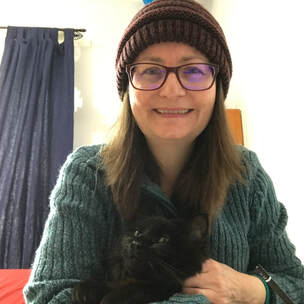 Have fun and let me know how you find this exercise. And maybe you may know some kids who may like to try this out, just for fun. If you've enjoyed this post, feel free to like, comment, and/or share.
If you'd like to keep up to date, feel free to subscribe to my Newsletter. Children's author Julie Hedlund, challenged participants of her 12 Days of Christmas for Writers series to post SUCCESSES (rather than resolutions) on our blogs this year. She believes the way New Year's resolutions are traditionally made come from a place of negativity - what DIDN'T get done or achieved in the previous year. Instead, she suggests we set goals for the New Year that BUILD on our achievements from the previous one. I decided to participate in this Anti-Resolution Revolution! As some of you may be aware, my daughter had to have major surgery at the end of last year (2018). As she helps me out a lot due to me having Fibromyalgia and Chronic Fatigue Syndrome/ Myalgic encephalomyelitis, I ended up having to help her as her health deteriorated before her surgery, and then in her recovery after her surgery. Only problem was, I needed help and didn’t yell loud enough and ended up having a CFS crash. I had to resign from my part-time job and have been unable to return. Initially, I would get out of bed, see if my daughter was okay, get food, and within twenty minutes be back in bed. Gradually I was able to stay up for longer and longer periods of time. My daughter has recovered. I have not. As of today 30th December 2019, I am far better than I was one year ago. However, I am not recovered from the CFS crash. However, as you read through this list, and look at the photos, there is a bigger story. I have made the most of every minute that my mind was clear, and I could be upright. I didn’t waste a second. There are still some days I spend a lot of time in bed as I just have to be horizontal. Once I start working on a project, I may only have half an hour, or it might be two. Then I have to lay down again. Some days are better than other. It’s unpredictable. The fact I got all this done, and more is amazing to me. Here is my list for 2019. Writing: I successfully launched my book, ‘Raymund and the Fear Monster’ with the help of my friend and illustrator, Ester de Boer. I participated in my first book blog tour with my first book. It was fun being interviewed and not doing the interviewing. (Though I like that too). It was also exciting seeing our book with its own book trailer. I lost count how many times I watched it. It went down well at school visits too.
I had a story shortlisted in a competition and my story was traditionally published in an anthology and it was chosen to be read on radio. My two stories, Supermoon and Fairy Dust and Freya and the Fear Monster were accepted and published in the Flip book of the Creative Kids Tales Story Collection Vol. 2 Bump in the Night and Enchanted. I was asked to do readings of my book at different schools and do an author Q & A. I found someone to help me with video editing — Nat K. I managed to do a reading of Raymund for my Youtube channel and get it up. I caught up with some amazing authors and illustrators while they were visiting schools in the area. By Christmas, I had three books out. Two anthologies and my own book. Illustration: I painted more this year and learned heaps. I sold my first painting. I had nine illustrations published in the Flip book of the Creative Kids Tales Story Collection Vol. 2 Bump in the Night and Enchanted. My artwork was on posters. I received a contract as a direct result of the publisher seeing my illustrations. I’m being mentored by Nina Rycroft through this picture book. Personal: I went on my first holiday in years with a friend. I became Street Library Ambassador and spearheaded the Street Library Project for my area to see many Street Libraries set up. I'm so excited to see what 2020 will bring my way.
Today, I have the pleasure to welcome Maura Pierlot to my blog on her whirlwind book blog tour for her latest book, The Trouble in Tune Town. Maura is an author and playwright based in Canberra, who enjoys writing fiction for children and young adults. The Trouble in Tune Town is her first children’s picture book. Megan: Hi, Maura. How are you today? Maura: Morning, Megan. I'm great. Slightly tired ... my 18 year old came in at 5am after his last cricket match! Megan: Oh, dear! Maura: I'm like my mother ... can't sleep properly until all the kids home. I say 'kids' but they're 16, 18 and nearly 20 so I better get used to late nights. Megan: Those days are long behind me, but I remember them well. Maura: One of the down sides of being an older parent ... less energy (and tolerance lol). Megan: Well, let’s dive straight into the interview, shall we? Maura: Rightio! Megan: You grew up in the Bronx. What brought you to Australia? Maura: I was working on my PhD at Georgetown Uni in Washington DC. I was at the thesis stage – no more coursework – so I was actually working in NYC at the time as an ethicist of all things. One of my professors told me about the Fulbright Program – it's an international study program, similar to Rhodes Scholarships, and I was intrigued. I had always wanted to visit Australia, so the choice of location was easy. Professor Peter Singer, a well known philosopher and animal rights advocate, was heading Monash University's Centre for Human Bioethics. I wrote to him, asking if he'd support my Fulbright application (to be based at his Centre) and he wrote back straight away and said yes. Sounds funny now to say 'wrote back' but these were the old days where people actually wrote and posted letter - computers were still clunky and no internet to speak of. Only four Americans were chosen for Australia and I was one of them so I was thrilled beyond belief. Sorry that was a bit long haha. The short answer is I came here to work on my PhD thesis (philosophy/ethics). My thesis focused on HIV issues – very topical in the late '80s. I was comparing the US response to HIV and Australia's, arguing that public policy needed to meet minimum ethical standards and not just be based on economics or expediency. So, I came to Australia for a year, went back to New Jersey, where I had been living since high school days, then came back to Australia for another six months when they granted me an extension. Lucky! Megan: You certainly did come in from a very different pathway to creative writing. Wow! What an amazing opportunity. So, what did you do during the Fulbright Program? Maura: I should say that I studied hard, laboured over my thesis, ready philosophy tomes, but the real answer is I had a ball just being in Australia, meeting great people, enjoying new experiences. Peter Singer was the absolute best person to work with – so accessible, open minded and supportive. Writing a thesis is like creative writing; some days the words and ideas come, other days not. So, it was a lesson in perseverance and self-belief on many levels. By the end of my second stint in Australia I had competed the 300-page thesis and submitted it to my (American and Australian) supervisors. In America, you have to orally defend your thesis ... you get grilled by a panel, but fortunately I passed. Megan: It certainly sounds like you learnt a lot of great lessons, including those of perseverance and self-belief which are doing you in good stead now. I read that you only turned to creative writing only about five years ago, and your short stories, plays and young adult manuscript have won or been shortlisted for awards. What would you attribute to your success? Maura: I'm not really sure but I suspect it's a combination of factors. I've always had a "can do" attitude. I like challenges – I've had many over the years in business, work, study, life! My parents instilled a very good work ethic and I've been working (usually several jobs) essentially since my teens. I had a lot of interests as a child and always loved learning. I devoured books, wanting to step into new worlds but also being fascinated by facts. I remember struggling with the idea of a career – how can someone possibly commit to one field? The standing joke was that I was going to become a professional dilettante, which I have in a way. I think the long haul of doing a PhD was good practice for writing a novel. Simply put, I don't give up easily and when I get an idea in my head that I want or need to do something, there's usually no stopping me. Of course, I have my days when I second guess everything I've done and am doing – ah, the writing life. And there are many days that I wish I could have bottled the enthusiasm and confidence of my youth. So, I'm just plugging away at various projects the best I can, mainly for my own pleasure and journey… but hoping also that my writing resonates with others. At the risk of sounding cynical, I don't think winning or being shortlisted for awards means my work is any better than anyone else's. I've been blown away reading work that has never won awards or been published. And I've read plenty of books and wondered how they got published. There's so many titles on the market, and so many people trying to get published, that awards certainly help get noticed but I think it's often being in the right place at the right time – having the right work be read by the right person in the right moment. It's unfortunate that people tend to measure success by publication standards. I nearly fell in this trap myself. I started writing 'midlife' after many other careers, mainly because I wanted and needed to exercise the creative side of my brain, which had been dying a slow death. I always said – and really meant it! – that I was writing just for me, that the process was far more important than the outcome. I still believe that, but the problem is when you've poured your heart and soul onto the page, often for several years, you want that imprimatur – a supposedly independent third party to say, Hey, this work is so good that we want to publish it. And when you don't get that, you then start to second guess everything you've written. It's a very dangerous and unhealthy cycle. Publishing decisions are based far more on commercial considerations (marketing/sales) than literary value. And the people who decide are essentially just one voice. There's no universal truths to be imparted from a decision to publish or not publish. Megan: I can pick a few points out from what you’ve said that I think are key to succeeding at anything. 1) A ‘can do’ attitude. 2) Work hard 3) Love learning new things. 4) Devour books. 5) Practice writing 6) Don’t give up. As for your next points, I’ve often wondered the same things. And I think you are right in saying that it really is a whole range of factors that contribute to getting published. Maura: Hahaha! Yes, your six points are great. Why didn't I just say that? Megan: You also write plays. Do you think this helps you visualise each scene, write dialogue, develop characters etc? Maura: Maybe I watched too much TV as a child but I often write visually. When I imagine characters and scenarios, it's always dialogue driven. Perhaps that's why I gravitated to YA (though I think it's because I never quite grew up lol... maybe I have some unfinished teen business!). So writing for the stage seems like a natural fit. I read about a writing comp in 2014 and thought, what the hell, I always wanted to write a play, so I'll give it a go (there's that 'can do' attitude haha). My mother was very unwell overseas, and I was struggling with a lot of related issues – the tyranny of distance, guilt about moving to Australia years ago, the burden of caring that had fallen on my brother who lived locally – and I essentially just dumped that scenario/conversation on the page and the play was picked up. That got me hooked! Megan: My writer’s group and I just did an activity on the weekend where we took a scene from our current work in progress and turned it into a play. It was a lot of fun, but I also found that, even though I visualise my scenes as I write, this made it even more focused. It was a great exercise. The Trouble in Tune Town is your first picture book. What inspired the story? Maura: Our three children were the inspiration for the story. They were all very musical but never liked to practice. That's an understatement ... there wasn't a week that went by without one of them wanting to quit. Their teacher was fantastic, but the kids felt like lessons focused on what they did wrong rather than how far they had come. They were flat out with school work and co-curricular and practice was just another chore in a busy week. In fact, it was taking the fun out of music for them. When waiting for my son at his lesson one day, I had an idea of a child struggling with a new song, blaming the music, only to find that the notes flew off the sheet and far away, leaving the town without any tunes. And the story grew from there. Megan: I love hearing the inspiration behind the story. I’m sure that your book will help a lot of kids out there, and parents. Music should be enjoyed. I love how you have the notes of music fly off the page. Maura: Thanks, I hope the book helps some kids and parents. Every family I talked was having the same battle, trying to get their kids to practice. So much of what kids do these days is geared to achievement – trying to get top grades at school, to make the Division 1 side in their sport, to play a song beautifully on their instrument. The book encourages kids to relax when they're learning, whether it's music or at school (or even a hobby), to try their best and to not be afraid of making mistakes ... that’s where the real growth comes from. It reflects my view that the process in itself has value irrespective of the outcome. (Similar to the writing journey generally.) That's also the basis for the message (on the opening pages of the book): "Practice should never be a fight. If you're having fun, then you're playing all right." Megan: Why did you decide to go with Little Steps Publishing for this picture book? And was the publishing journey like? Maura: I was offered a contract from a (small) traditional publisher but my gut feeling was that they weren't a good fit for several reasons. Always go with your gut. With my business experience, I knew I could self publish but I was flat out with other projects and didn't think I'd be able to devote the time and energy needed, so partner publishing seemed like the best option. Little Steps was quite good – they know what they're doing, and they have a business model that works. There were a few little hiccups, as there often are in business, but I think they learned from the experience and made some needed organisational changes. I think my book challenged them on many levels as it was very detail oriented, and I wanted the music to be depicted accurately while still allowing the illustrator artistic license. With hindsight, I think partner publishers are geared more to getting the book out; they don't invest in authors per se or offer much in terms of post-production services. I think at the end of the day, the author has to believe in her work and do the hard yards trying to get it out to the market. There's no shortcuts. Megan: I think publishing in any sense, is a learning curve. And there is so much to learn. It’s a good thing that you stuck to your vision of the book. Are you happy with the outcome? Maura: Yes, the good news is I am absolutely thrilled with the outcome. Little Steps has very high production standards – everything from the stock, the print quality, the vibrancy of the colour. I love the look and feel of their book. Sophie Norsa, the illustrator, did a fantastic job for such a challenging task and I love the little touches she added. With respect to Little Steps, I think many partner publishers (probably publishers generally) operate from the false assumption that every author is just so damn grateful to be published that they'll take a back seat and go with the flow – not a trait that feisty New Yorkers are known for. Megan: That’s such good news that, in the end, you were happy with your book. You’ve also written a young adult novel, Freefalling. Where are you up to with the writing process? Maura: My YA novel has had many manifestations in recent years. Every time I think I can't possible add to it, or change it in any way, I leave it for a bit then pick it up with new eyes. That said, I'm very happy with where it's at right now. I was thrilled to be named winner of the Aspiring Writers Mentorship Program late last year. The mentorship involves spending time with HarperCollins staff (in editing, marketing and publishing). I’m currently talking to the publisher about how my mentorship will work, and I’m pleased that she’s interested in customising an approach based on what my manuscript needs at this point in time. It’s too early to know the precise mentorship details, or the outcome, but I have no doubt that the process will be worthwhile, and that my manuscript will be much stronger as a result. I wrote the story for me, perhaps also in a sense for my 16-year old daughter. It's an important story about losing your sense of self and finding it again, and seems to be resonating quite strongly with readers. I'd like to see it published because I think it's an important story to tell. Ideally, I'd love to see it picked up as a text for high school English. Megan: You’ll learn so much about the writing process through a mentorship, I’m sure you’ll be very pleased with your manuscript by the end. Maura: I'm sure I will! Writing can be a lonely pursuit and it's so easy to be in your own head for too long. I'm super grateful for the mentorship opportunity and am really looking forward to having the industry input! Megan: I’m sure you’ll love it. So, what’s next for you? Maura: I'm currently working on a series of monologues on mental health issues faced by young people. In a few weeks, I leave for WA to write the second act of my play, Leaving, as part of a KSP Fellowship. Leaving ran as one-act play in Melbourne in 2014 but was always intended to be full length. The Trouble in Tune Town is being launched at the National Library of Australia on 6 May, so there's a fair bit of work to do for that event too. I'm also trying to do more school visits. I did a few last year and loved it. Kids are a very enthusiastic and honest audience and I had a blast! Megan: It sounds like you will be very busy over the coming months. I enjoy doing author visits too. I love how the kids are so honest. You really know where you stand with them. Is there anything special you are doing with your book launch? Maura: A local community music organisation called Music for Canberra is a big supporter of the book and will be involved with the launch. One of their youth ensembles will be performing at the event. There will also be an author's reading and activities for the kids and book signings, of course. It will be in the lobby of the National Library – a beautiful space with vaulted ceilings, oodles of natural light, great architectural elements, a bookshop and cafe nearby. I can't wait! Megan: Wow! That’s sounds like an exciting day. I hope there will be lots of photos. Well, Maura, it has been fabulous chatting with you today. I can hear the passion you have for your creative writing. Good luck with your plays, your mentorship, and your book launch. Maura: Lovely chatting to you, Megan, and thanks for your insightful questions – a fun creative exercise for the morning! Best of luck with all your work too. Megan: Thank you, Maura. And finally, three fun facts about Maura: I nearly pursued a career in comedy. I have a long history of natural and political travel disasters (earthquakes, two coups, near mid-air collision). There was an attempted hijacking too. At university, I pushed a pram from Durham, North Carolina to Washington DC (as part of relay team) as a fundraiser for a US Presidential candidate and also to get into the Guinness Book of World Records. That's about 400 kilometers. Funny to remember that because now a 5 kilometers run is challenging! Exciting News: The Trouble in Tune Town has just been awarded Joint Winner, Best Children's Illustrated E-Book in the IPPY Book Awards 2018! About Maura: Maura is an author and playwright based in Canberra, who enjoys writing fiction for children and young adults. The Trouble in Tune Town is her first children’s picture book. Late last year, Maura was named winner of the CBCA Aspiring Writers Mentorship Program, and recipient of the Charlotte Waring Barton Award, for her young adult manuscript, Freefalling. Her short plays have been performed in Melbourne, Brisbane and Sydney, with one of them winning an international monologue competition in 2016 and another currently being redeveloped as a full-length play as part of a KSP Fellowship. In addition to her creative writing achievements, Maura has worked as an ethicist, medical video writer/producer, small business owner, freelance journalist and editor of Australian Medicine. She has a bachelor’s degree, master’s degree and doctorate, each in philosophy. Title: The Trouble in Tune Town Author: Maura Pierlot Illustrator: Sophie Norsa Publisher: Little Steps Genre: Picture Book Age range: 3-8 years The Trouble in Tune Town is a fun, imaginative fantasy told in rhyme, featuring Meg and her song's quirky music notes, inviting readers to step inside the experience of music. https://thetroubleintunetown.com/ Link to buy: https://thetroubleintunetown.com/buy-now/ Where to find Maura: Website: www.maurapierlot.com Facebook: Maura Pierlot Author Instagram: Maura Pierlot LinkedIn: Maura Pierlot Goodreads: Maura Pierlot Websites: www.maurapierlot.com www.thetroubleintunetown.com If you've enjoyed this post, feel free to like, comment, and/or share.
|
AuthorOn my blog you will find: Categories
All
Click to set custom HTML
|
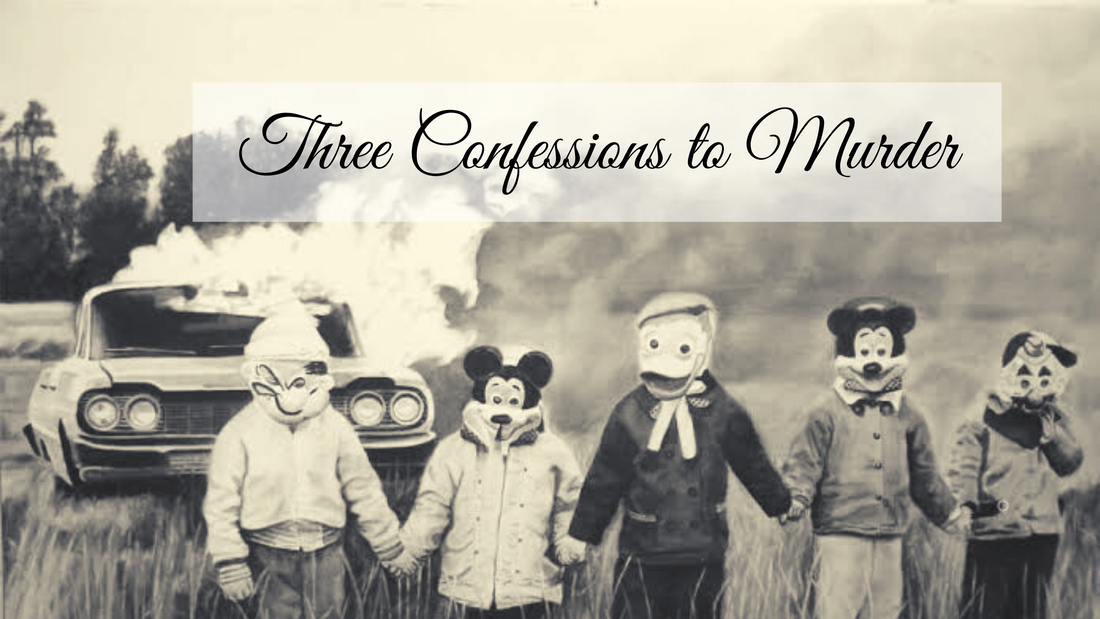

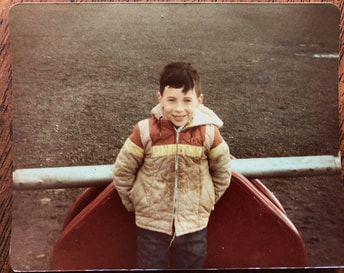
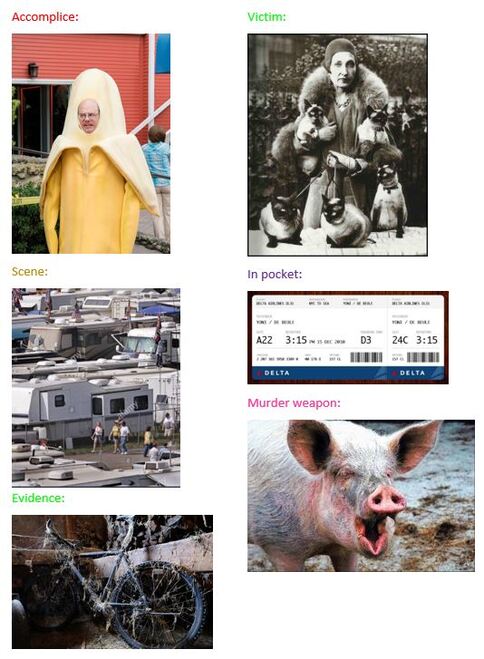
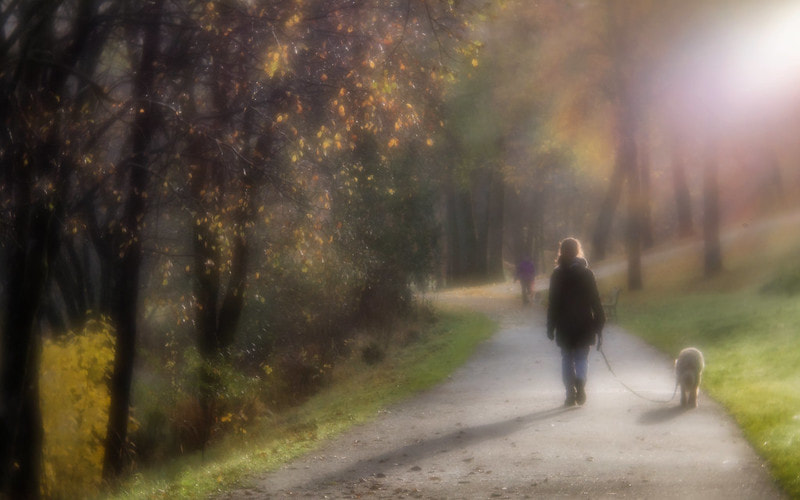

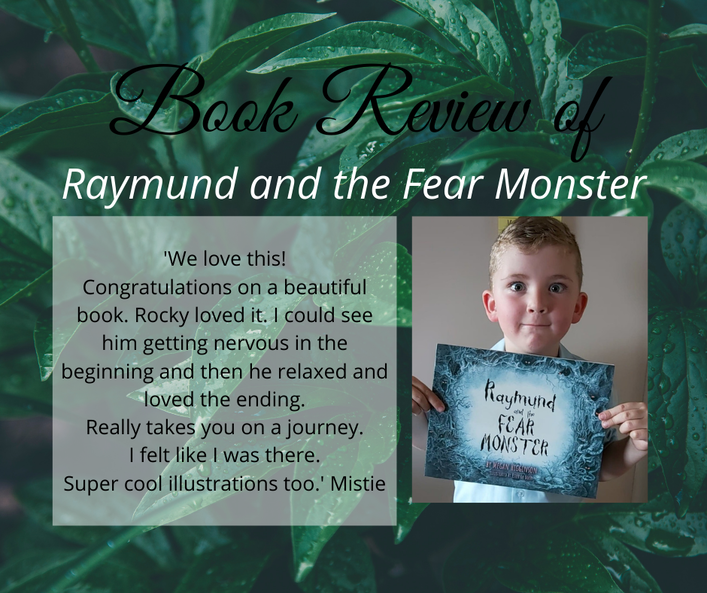
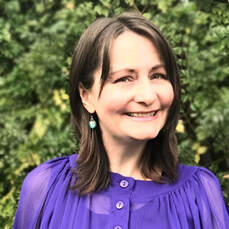


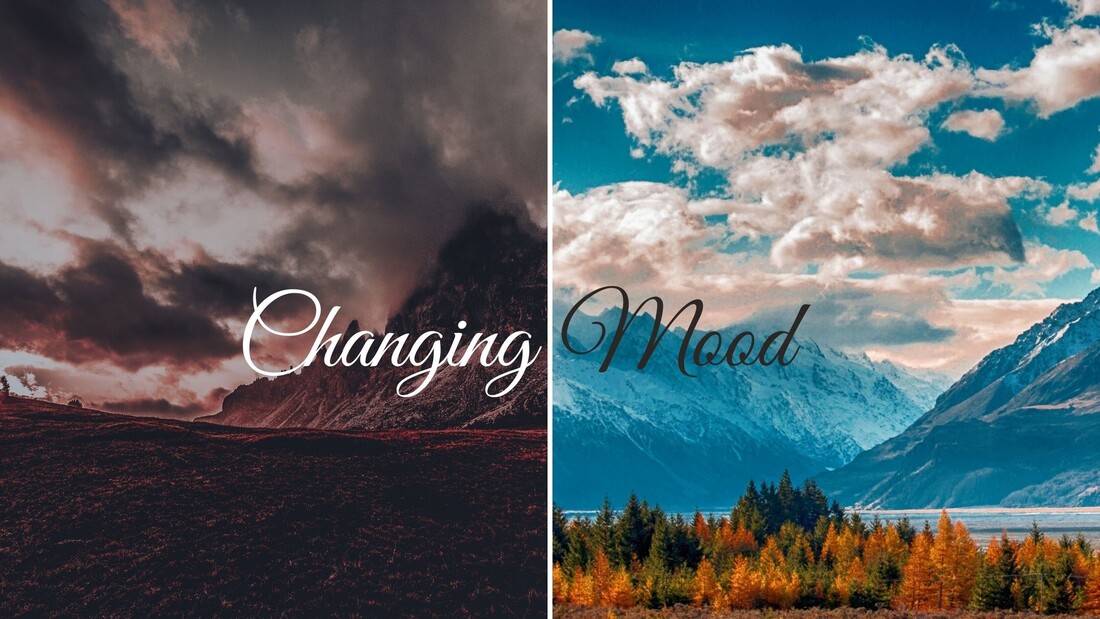
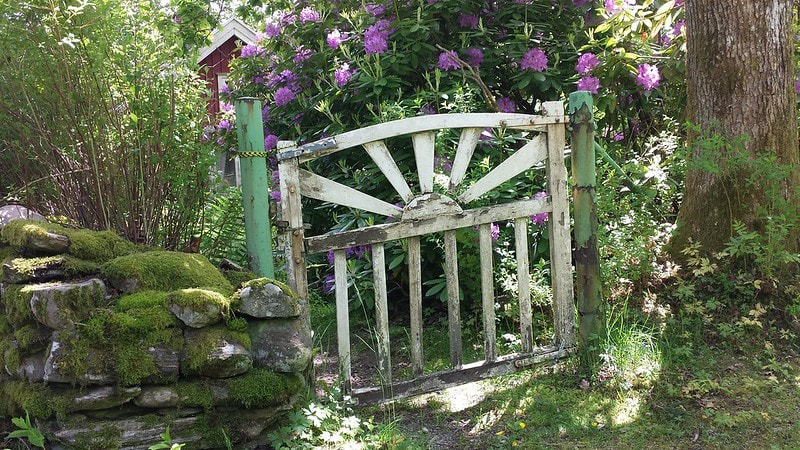

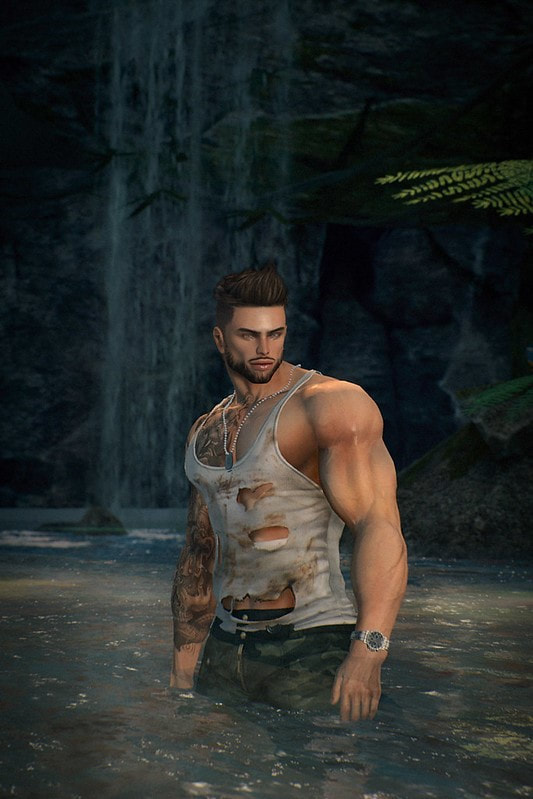
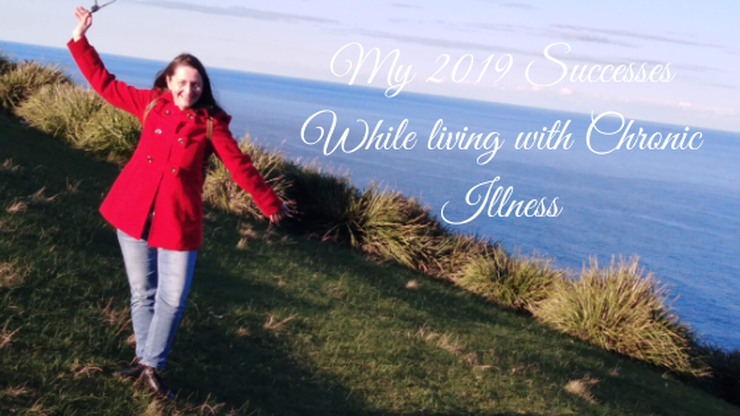
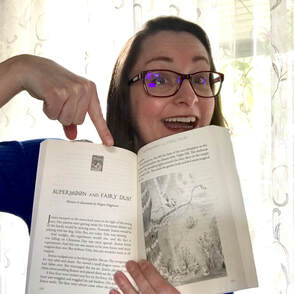

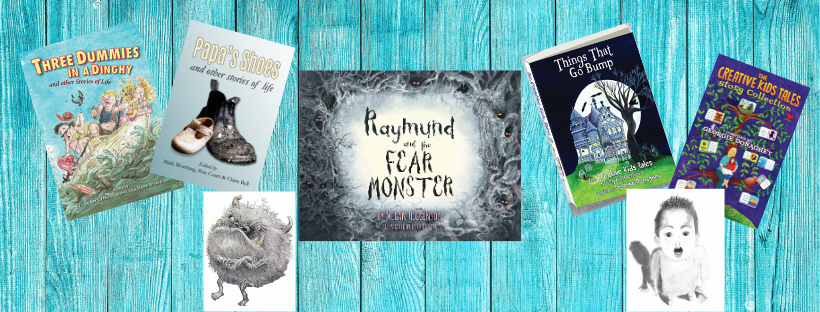
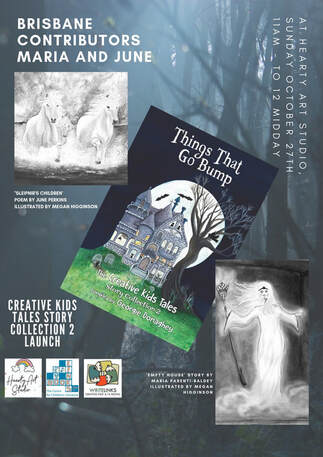
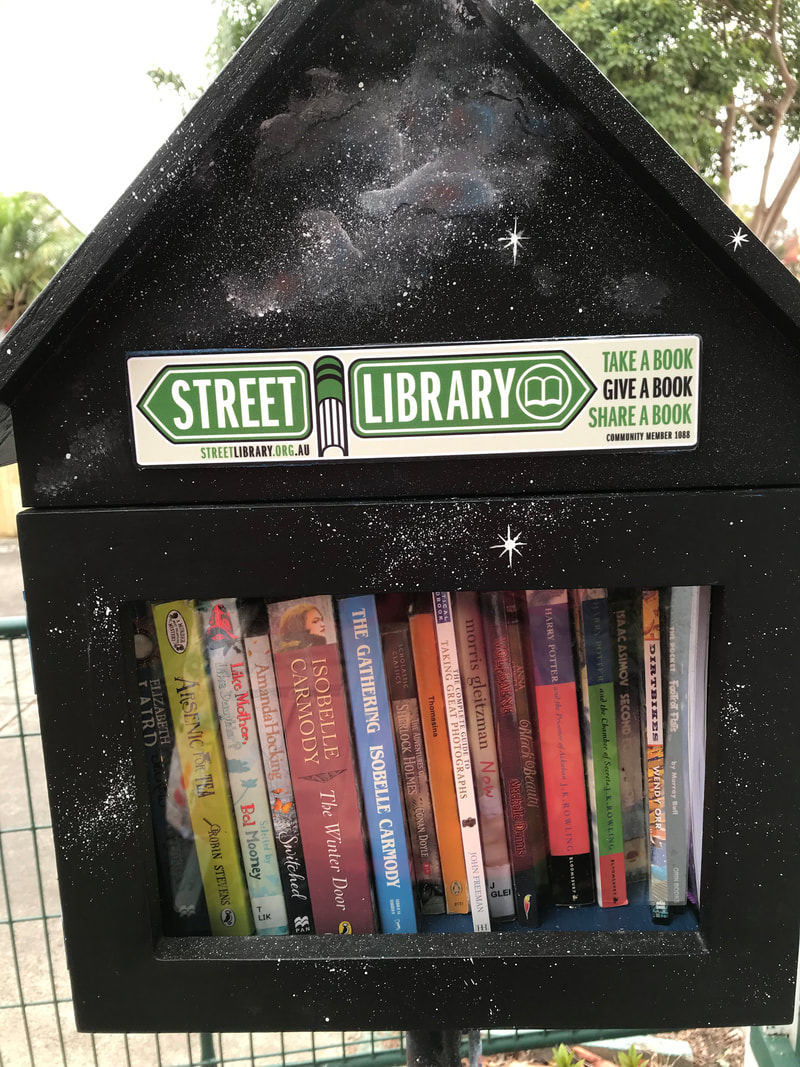
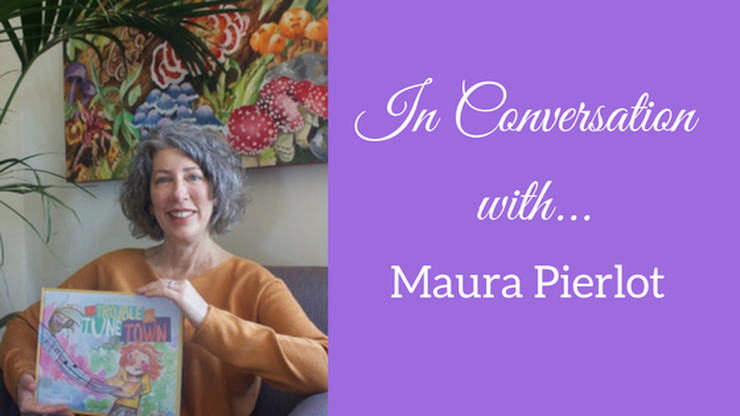
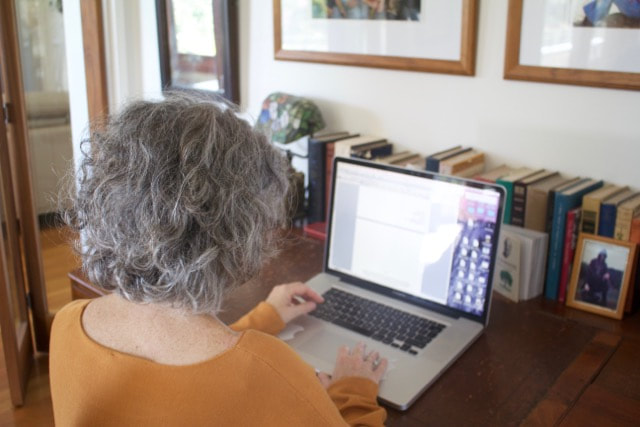
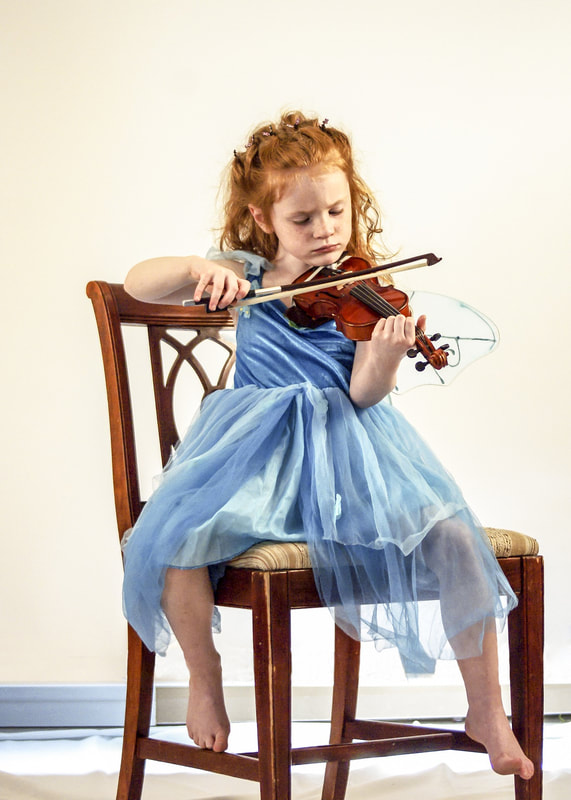
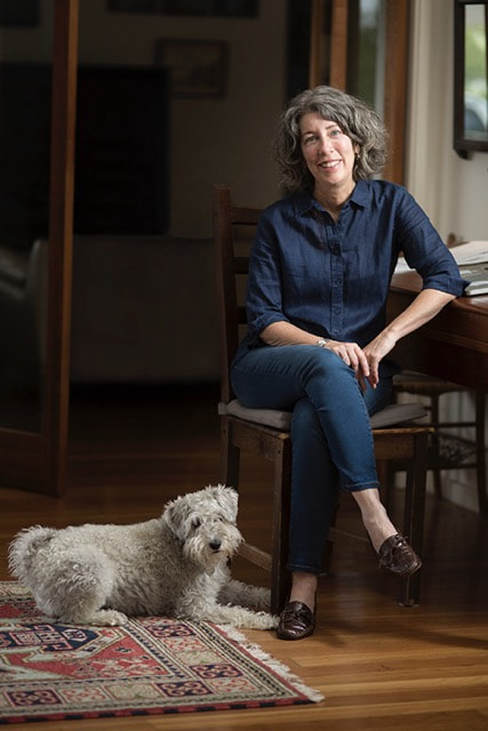
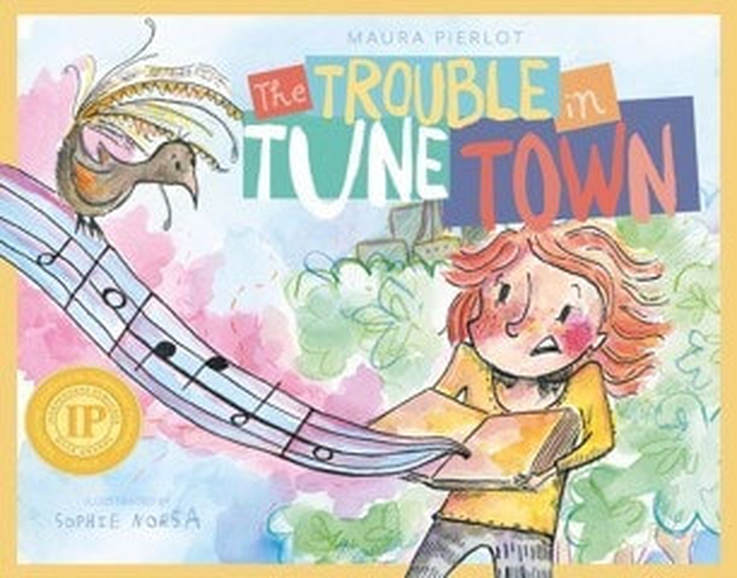

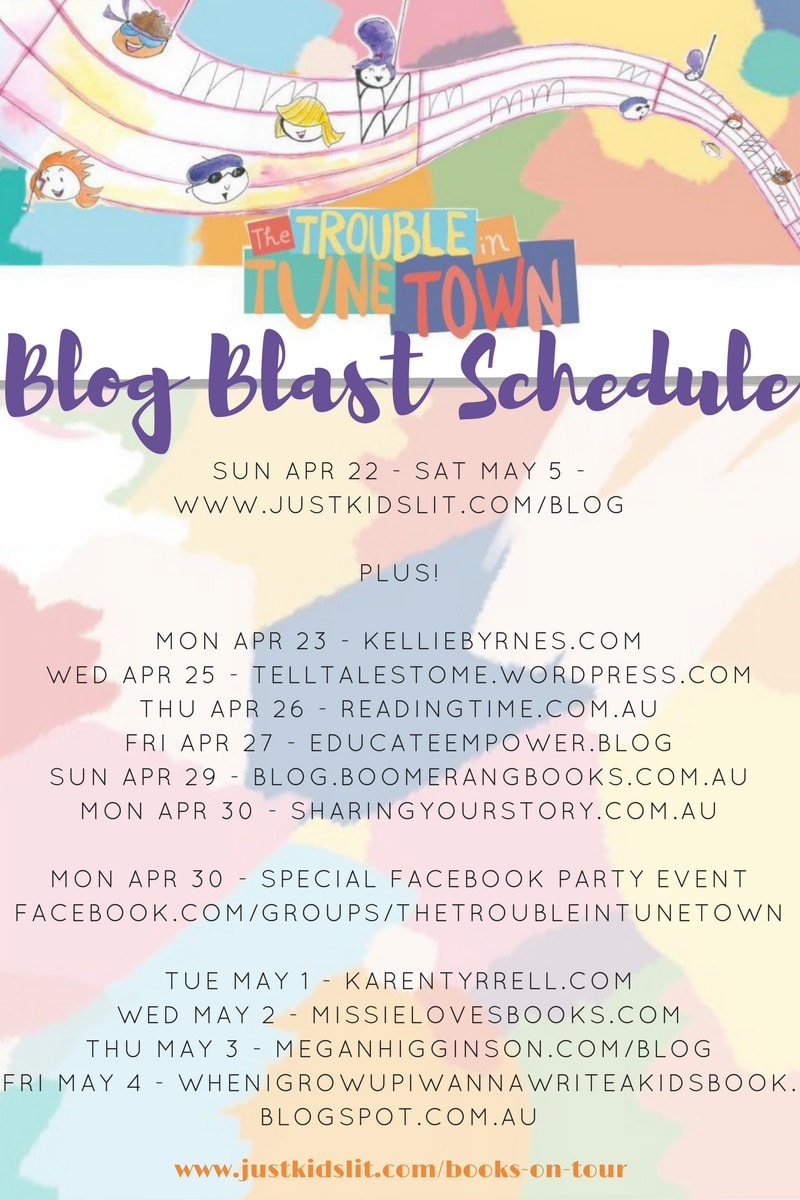
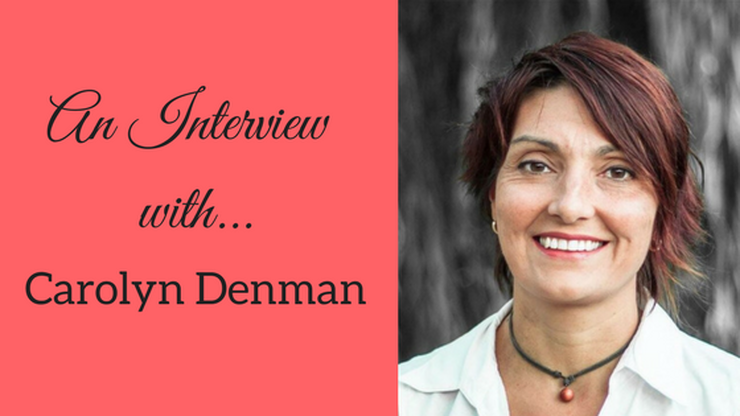
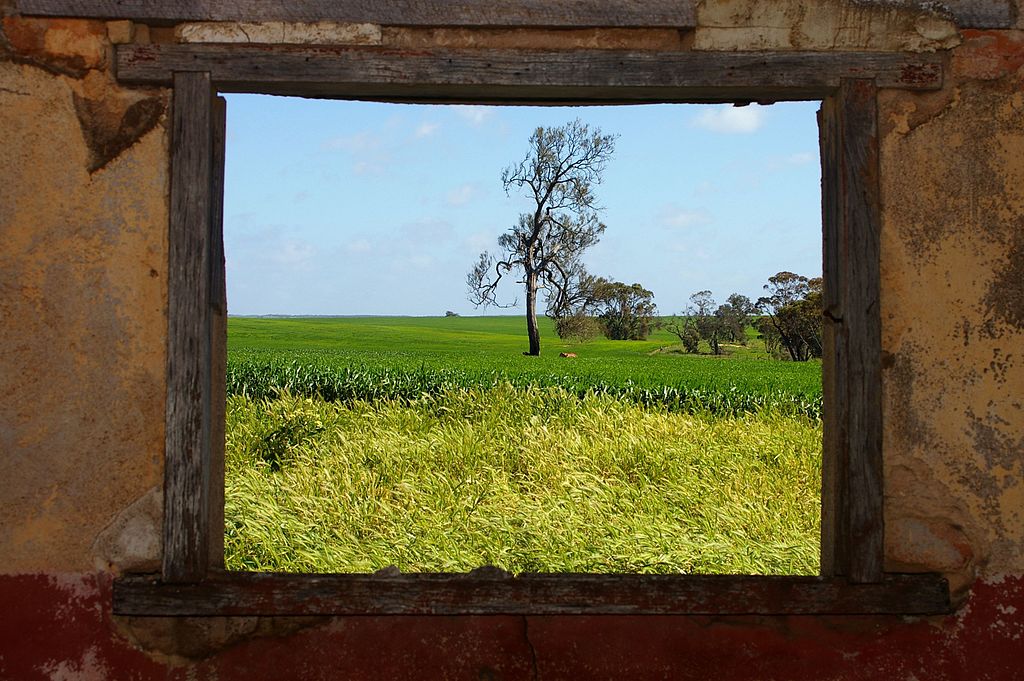
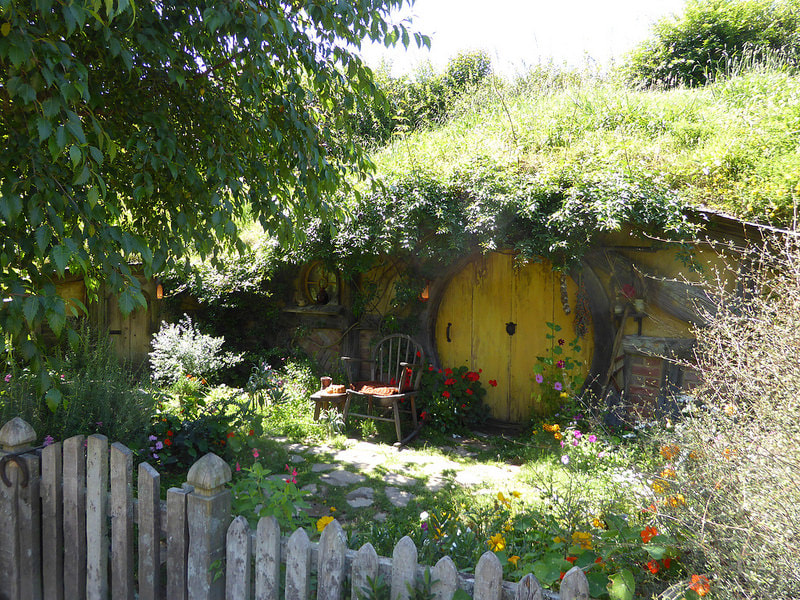
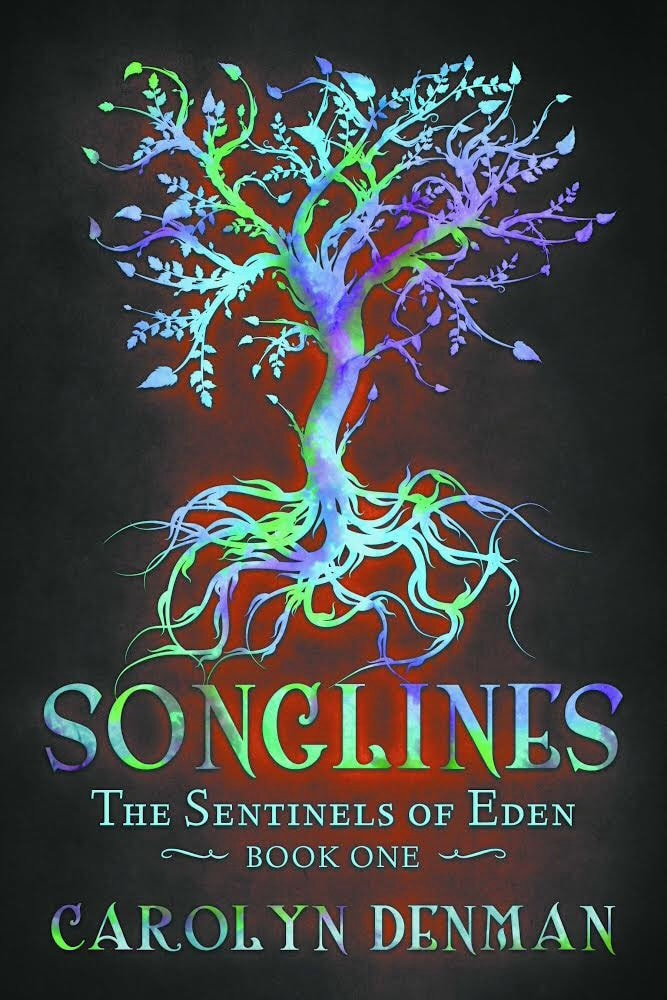
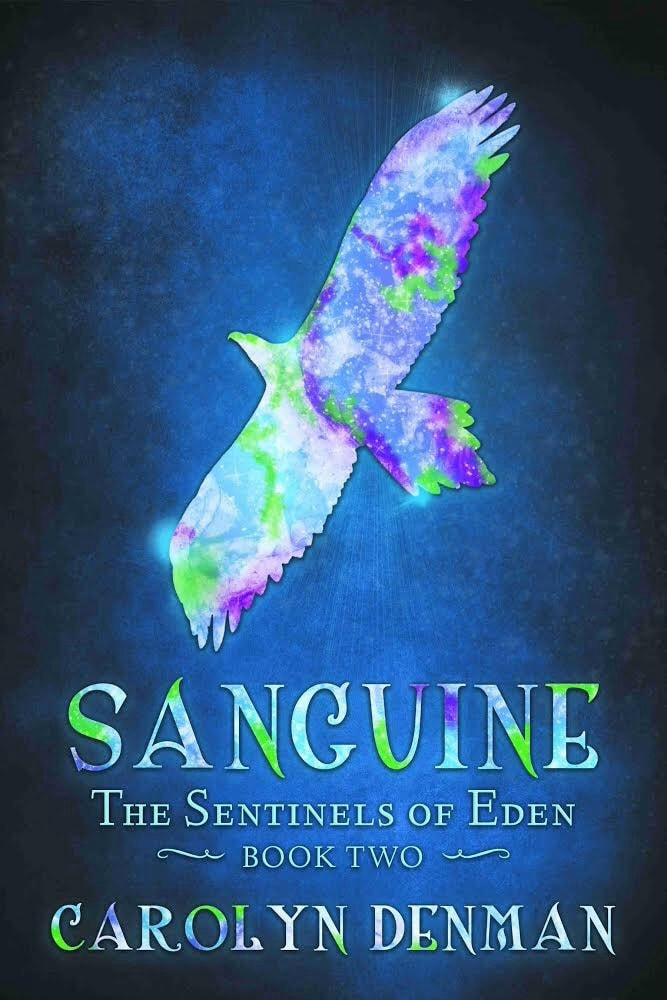
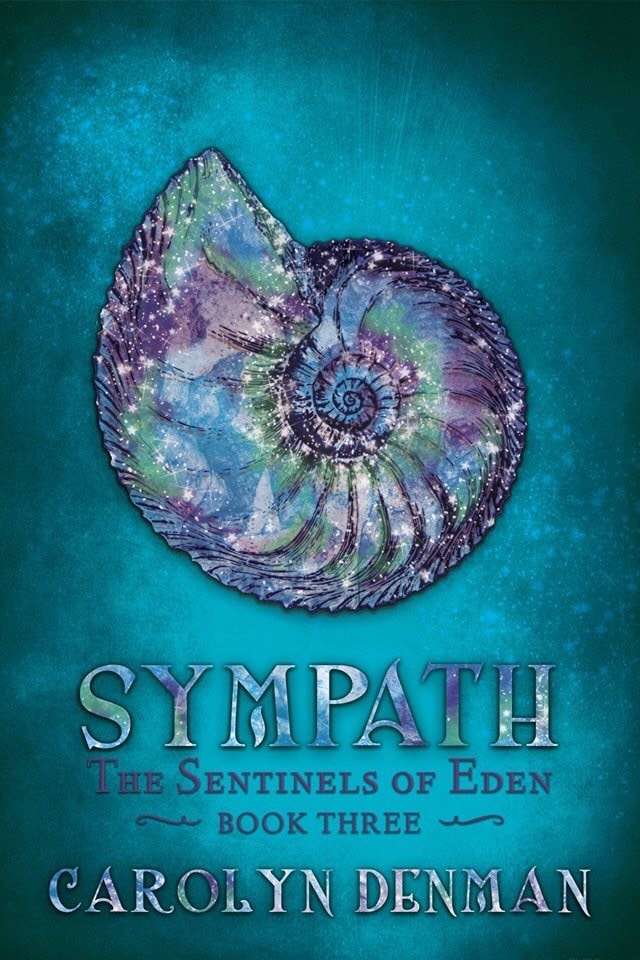
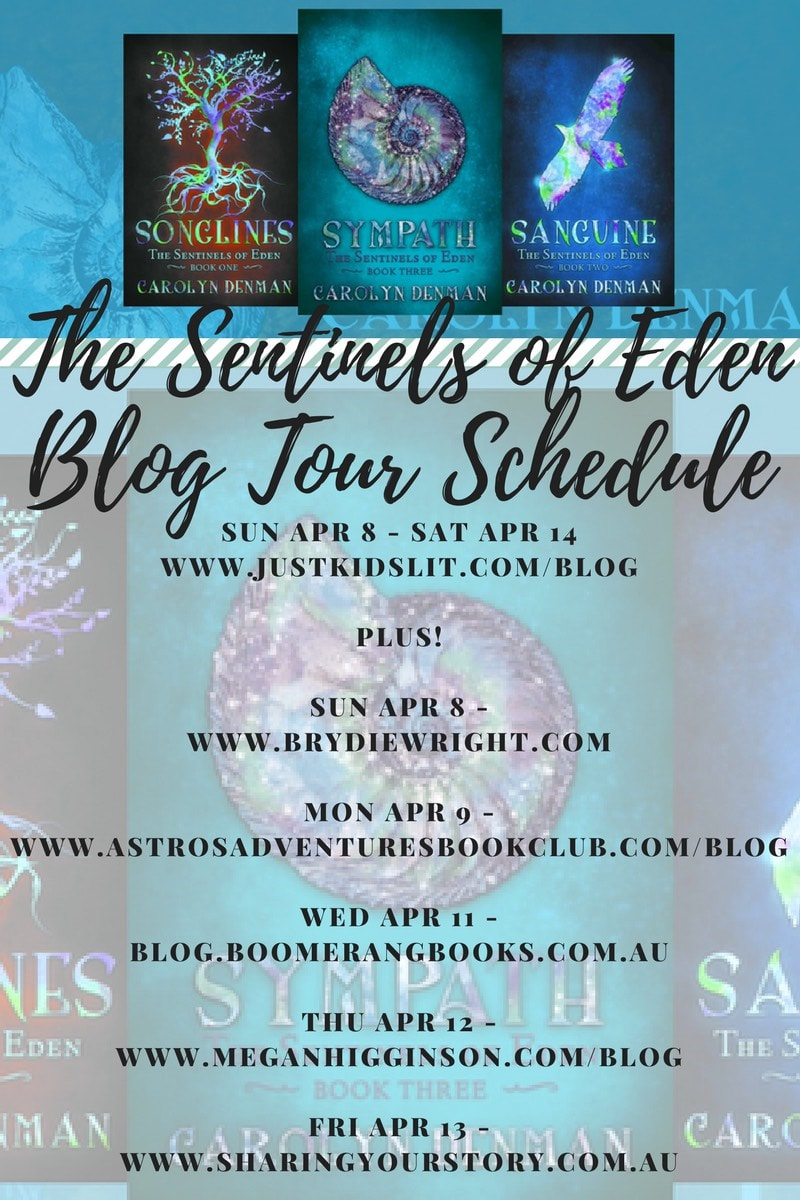
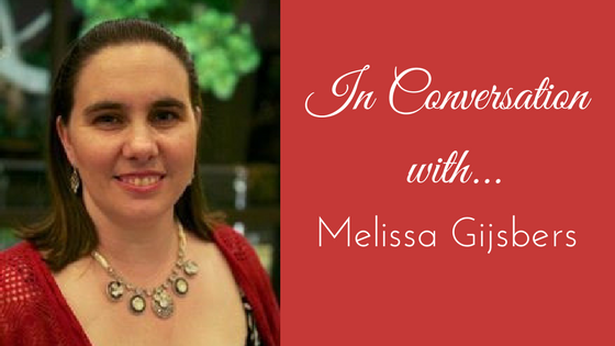
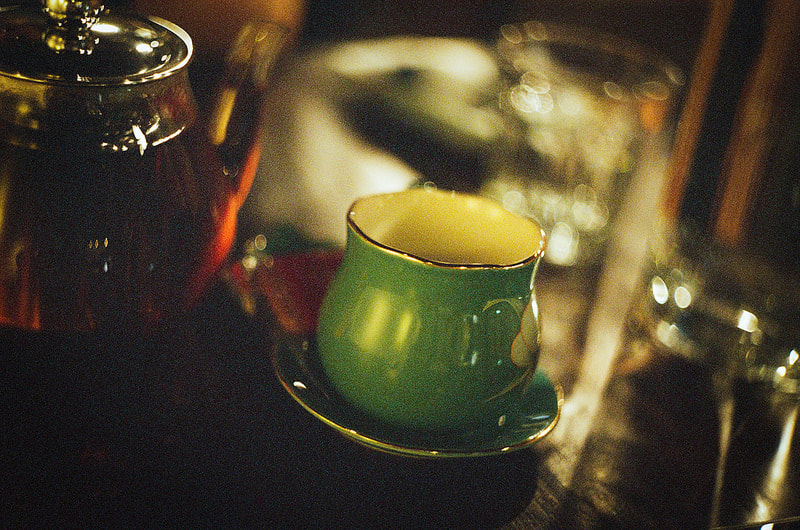
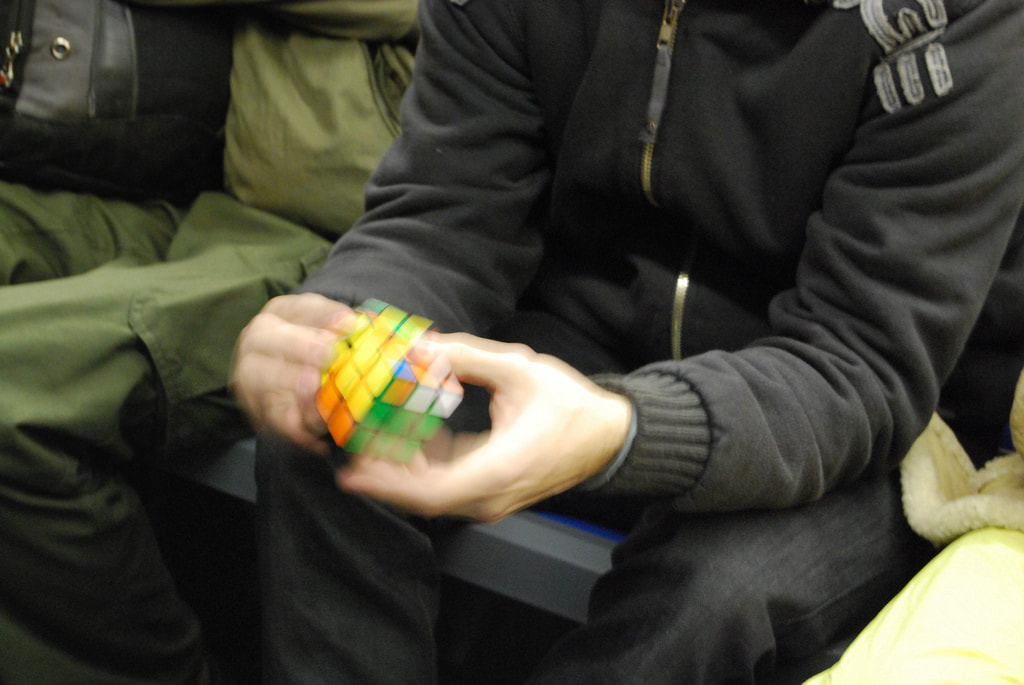
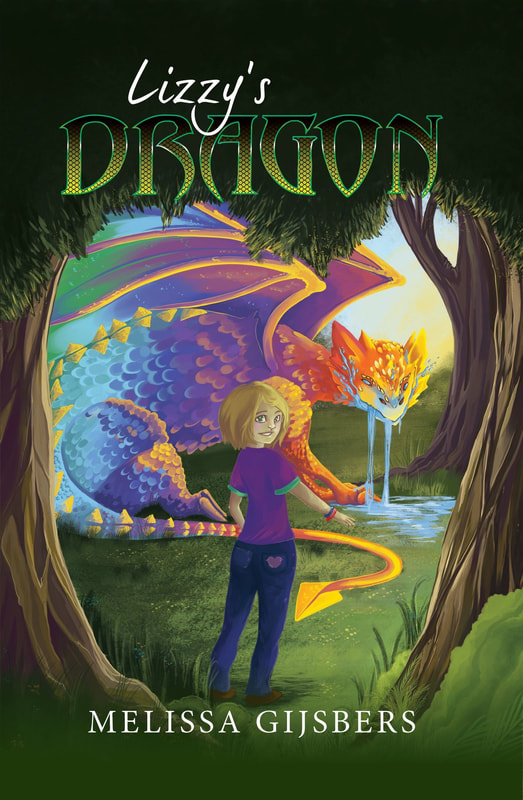
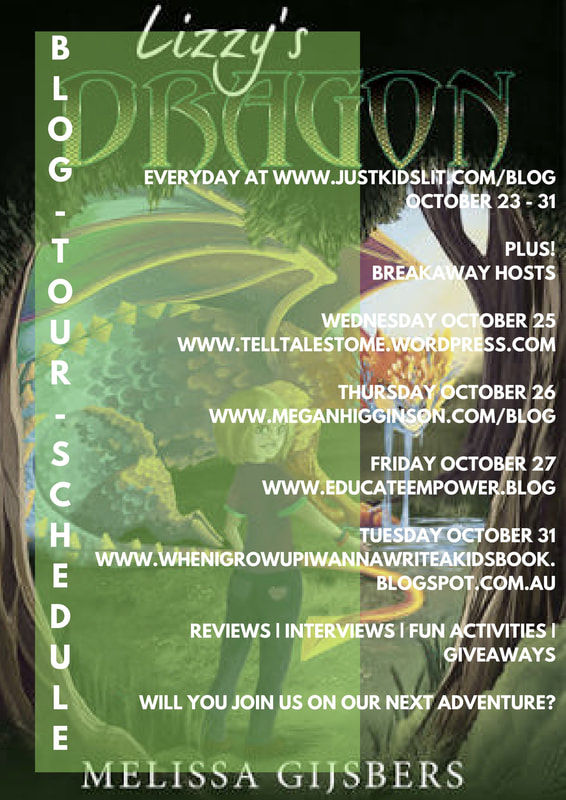







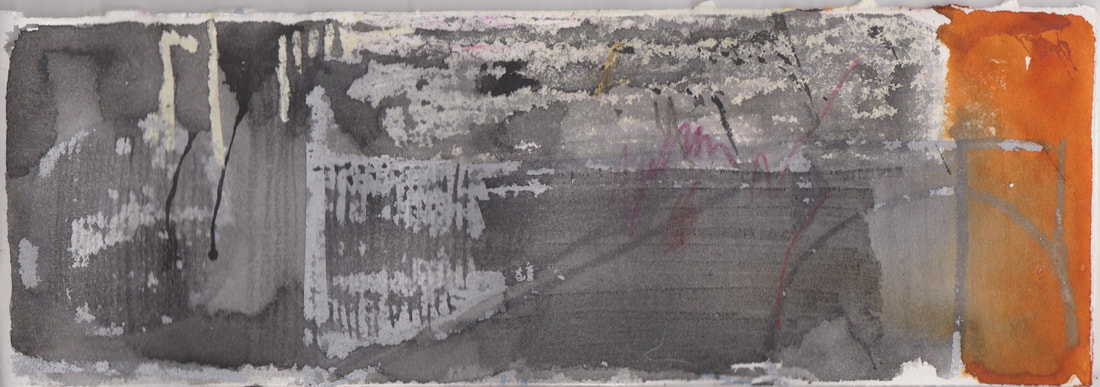
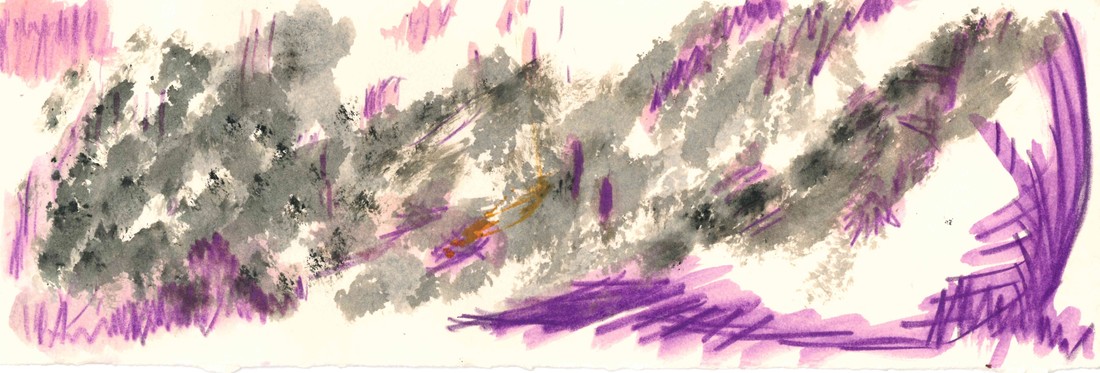
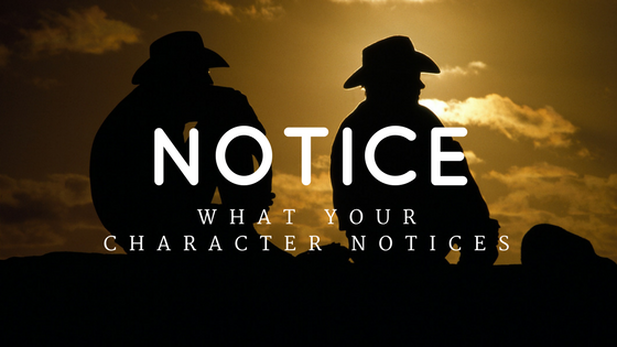
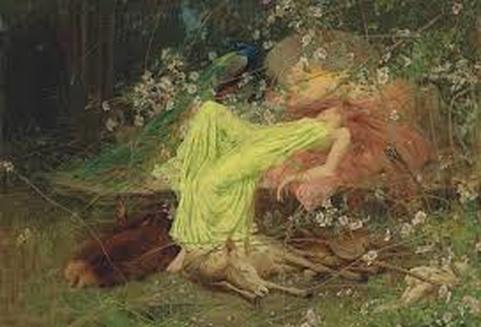
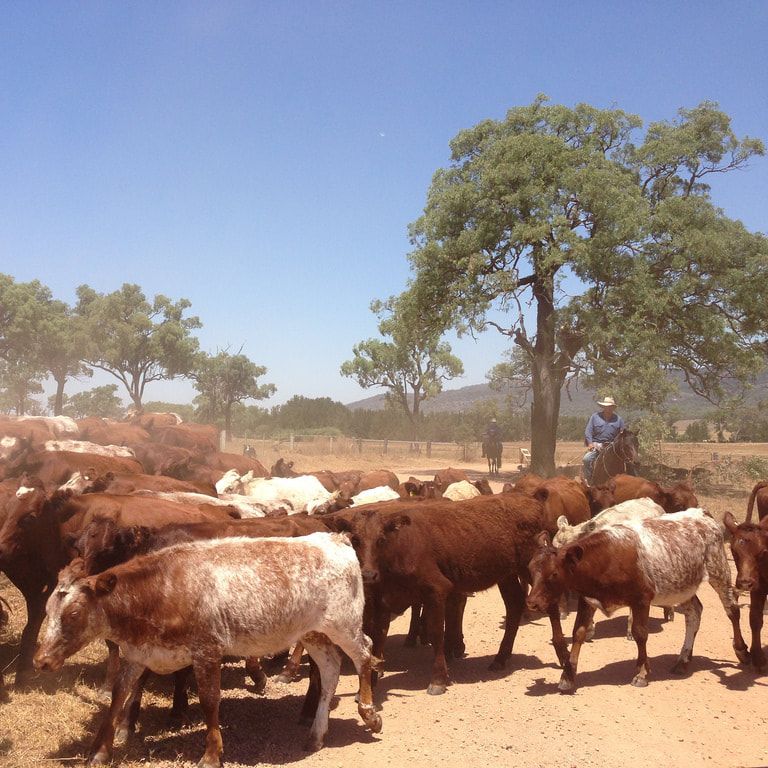
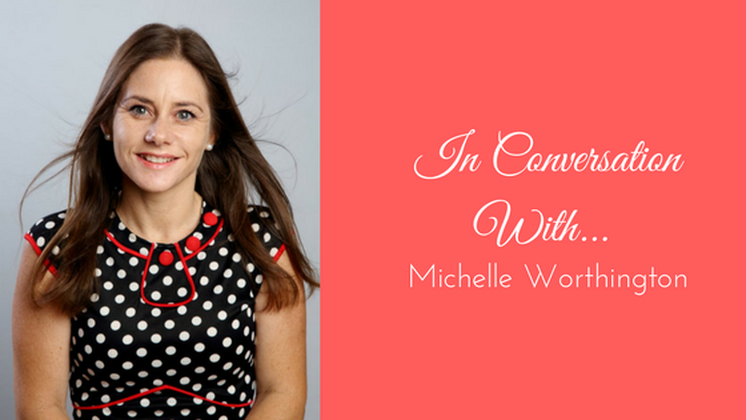
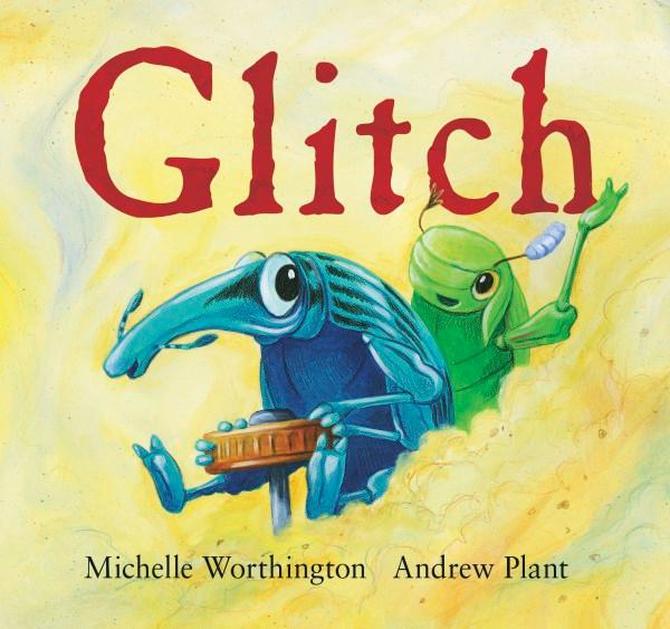
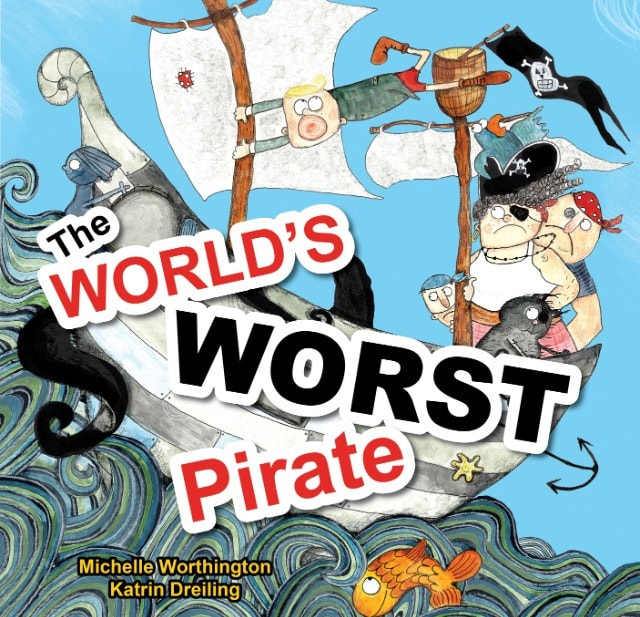
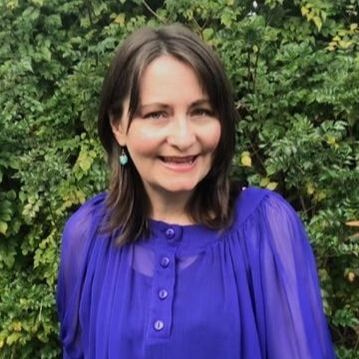
 RSS Feed
RSS Feed